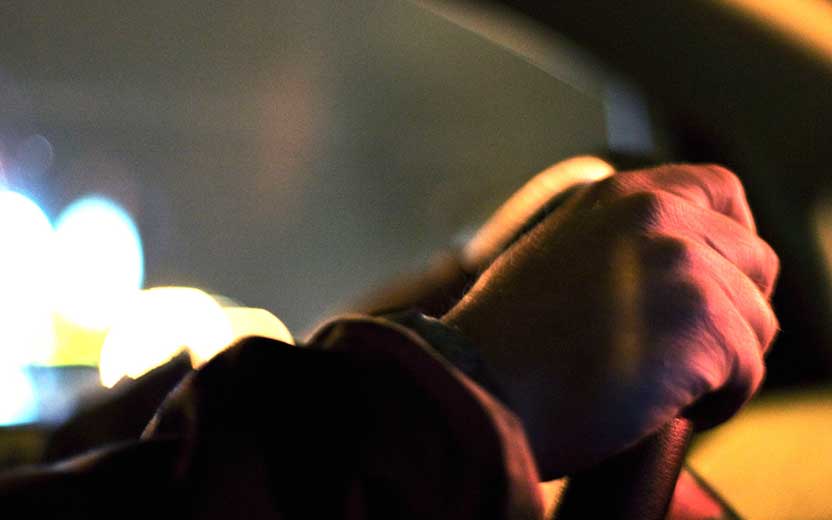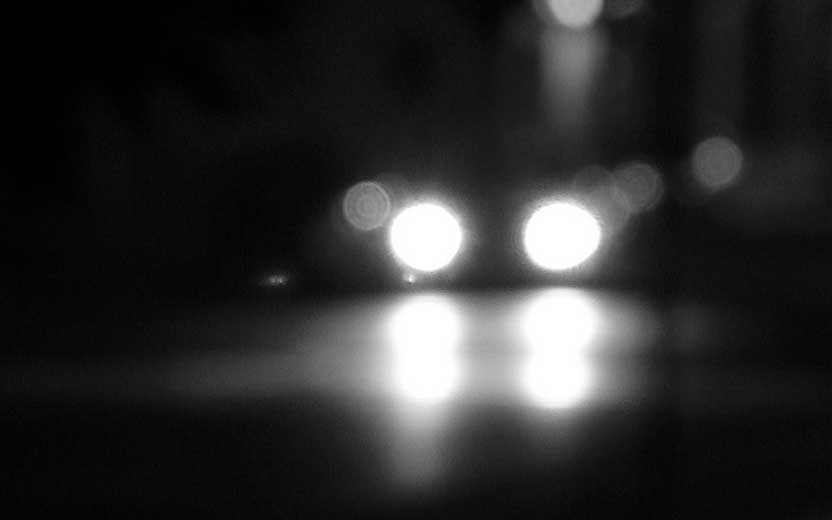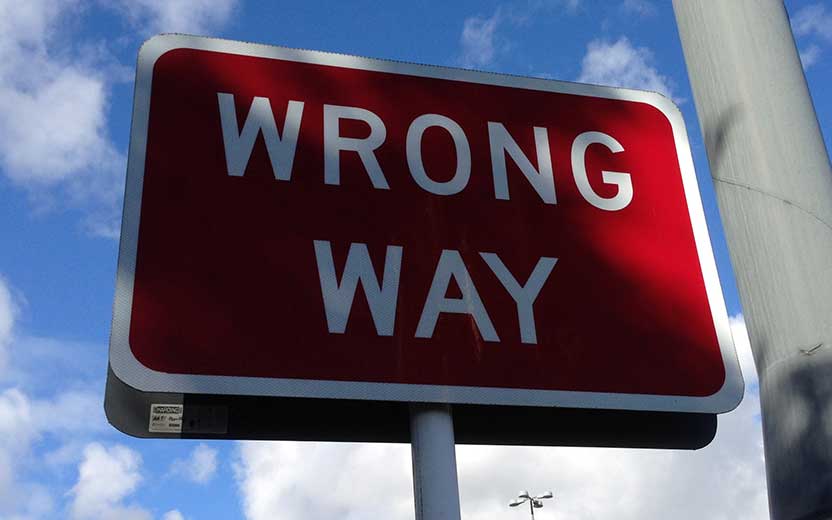By Marcus Fernandez
The alarming number of fatalities and injuries from backover accidents – accidents in which a person is struck by a passenger vehicle traveling in reverse – prompted the federal government to study ways to improve driver visibility. As a result of a study by the National Highway Traffic Safety Administration, regulations were enacted to require car manufacturers to include a back-up camera in vehicles produced after April 30, 2018.
Dangers of restricted driver visibility
Backing out of a parking space at the mall or simply backing out of your driveway on the way to work can have deadly consequences. Safe operation of a motor vehicle depends upon the ability of drivers to have a clear view of the road, other vehicles, pedestrians and objects that could be in their path.
When a vehicle is traveling in reverse, the area directly behind it is usually obscured from the driver’s view. Windshield-mounted rearview mirrors and door-mounted side mirrors do not allow drivers to see what is in the path directly to the rear and close to their vehicle. The result of this lack of visibility has been an alarming number of backover accidents in which children have been struck.
Children are the most common victims
One organization advocating for improvements in vehicle safety for children reports that as many as 50 children are hit each week by vehicles operated in reverse by drivers who could not see them. An earlier study by the NHTSA found that children and elderly are the two groups at greatest risk of being injured or killed in backover accident. It also found that up to 95 percent of the accidents involved cars and other passenger vehicles. Driveways and parking lots were the most common places where backover accidents occurred.
The nature of backover incidents makes them different from other types of roadway accidents. A collision between two or more vehicles usually involves drivers who are not known to each other. In more than 70 percent of backover incidents involving a child injury or fatality, the driver is either a parent or relative of the victim.
Blind spots
A commercial vehicle, such as a tractor-trailer, can have a blind spot. This prevents the driver from seeing other vehicles, objects or pedestrians for up to 200 feet directly behind the vehicle. The average blind spot to the rear of a passenger car is 13 feet or more depending on the vehicle. SUVs have an even larger area of invisibility behind them averaging at about 18 feet.
Precautions drivers can take to avoid backover accidents
Recent federal regulations require any new passenger vehicle be equipped with inside rearview mirrors, exterior mirrors and back-up cameras as standard equipment. There also are steps drivers of all vehicles can take to make it safer when they back up, including:
- Purchase and install a backup camera system intended for vehicles already on the road.
- Walk around the vehicle before backing up to ensure there is nothing or no one behind it.
- Install backup sensors that detect when someone or an obstacle is behind a vehicle and alerts the driver.
- Teach children to keep their bicycles and toys out of the driveway.
- Keep the radio off and the vehicle’s windows open while backing up to hear anyone shouting warnings.
Until all vehicles are equipped with cameras, vigilance and patience can go a long way toward preventing backover accidents. If you or your property were injured in a backover accident, contact the Tampa car accident attorneys at KFB Law for an immediate consultation.


